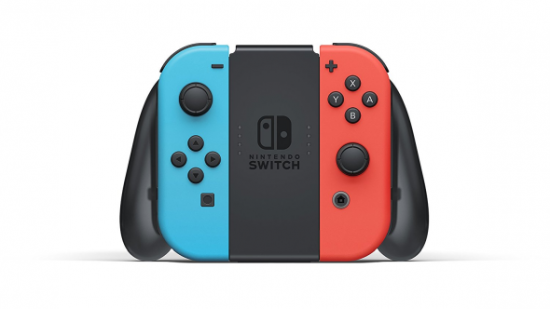There are too many PC games. Too many for us to play, too many for the vast majority of developers to be able to compete even on a small scale. Too many, even, for us to take in as they drift past on Steam’s inexorable current of new releases.
Related: what can XCOM learn from Mario + Rabbids: Kingdom Battle?
How did we get here? Valve knocked a hole in the dam back in 2012 with the launch of Steam Greenlight, the community curation system that allowed anybody to become a publisher on the platform – distributor relationship or no. By the end of 2016, over a third of Steam’s entire catalogue was made up of games less than 12 months old.
Valve have since replaced Greenlight – but not to introduce new gatekeeping measures. Quite the opposite. So long as you pay the nominal fee and haven’t submitted a virus-laden version of the Half-Life.exe for approval, you can now get your game on the platform via Steam Direct. Its launch prompted a 200% surge in new Steam games, and the flood does not seem to have slowed since. Steam is expected to have hosted 6,000 new releases in 2017 alone.
Which is all to say that Steam has a huge discovery problem. This is not news. Nor is the fact that Valve’s solutions for sifting through the mess – recommendations, tags, and Steam Curators – have left many developers unsatisfied. As a new studio, how are you supposed to prevent your pride and joy from being swept away unseen?
Some have turned to the Nintendo Switch. The temptation is obvious: this is a brand new store and, as such, is yet to develop the problems currently plaguing Steam. It helps that it is run by a company with a reputation for curation. Remember the Official Nintendo Seal of Quality? There is still a little something of that remaining in the digital world. If a game appears on the Switch then you know it has at least the tacit approval of the big N.
The Flame in the Flood, a river-based roguelike from a team of Irrational veterans calling themselves The Molasses Flood, came out on Steam in February last year. Rather than concentrate wholly on a follow-up project, however, the team funnelled some of their funds into porting the game to Nintendo Switch, where it launched in November 2017.
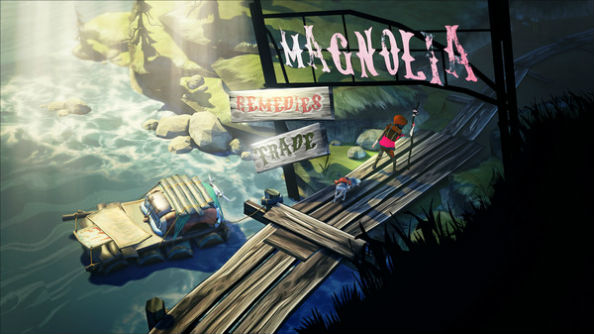
“We had been interested in a Switch port since the initial rumours about it had begun, but didn’t get very serious about it until we started hearing about early successes from other indies on it,” Molasses Flood co-founder and designer Forrest Dowling tells us.
Runner Duck, the studio behind Bomber Crew, are currently in the process of building their own Switch port after being impressed by its store.
“I think the Switch eShop works really well, at least from my experience of using it as a customer,” programmer Jon Wingrove says. “The number of games released each week isn’t anything like what you see on Steam, so it can be displayed in a very clean, straightforward way. It’s great to see indie games are essentially given equal footing alongside first-party titles on the eShop, too.”
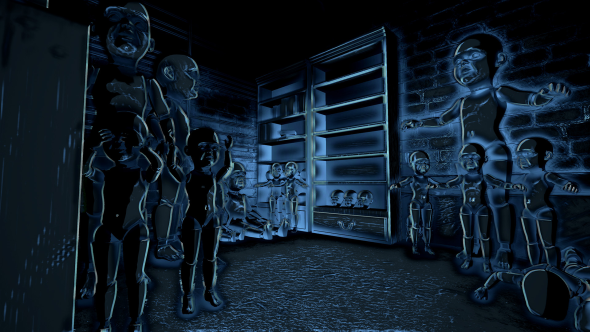
Bill Gardner, meanwhile, is the director of Perception, a thriller with a blind protagonist that launched on Steam in the summer and the Switch in October. He describes Nintendo’s store as a place of exceptional quality control and minimal competition.
“While I think it’s great that Valve is fairly hands-off in terms of the content they allow, it does create an avalanche of releases,” he says. “Nintendo has very close control of their platform and they’ve thus far done a magnificent job cultivating a top-tier list of titles.”
It is not just the store that has been refreshing for developers, but the audience, too.
“Of course I’m radically generalising, but all my interactions with Nintendo fans and press just seem to be coming from more of a place of wonder and joy,” Gardner says. “I hope I don’t catch flak for that, but it’s something I’ve observed and have been told by many other devs who had similar feelings.”
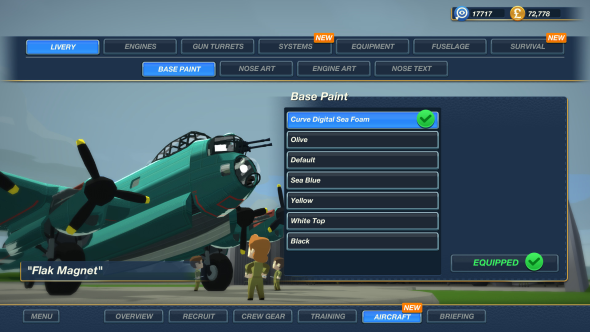
Free of Steam’s familiar foibles, the Switch store starts to sound like an idyllic, greener-grassed landscape where only good games are allowed and each gets its time in the sun. But it is unclear how much of the Switch’s tidiness and clarity stems from its youth. After all, Steam was once just a platform for a handful of Valve-approved titles, and far easier to manage for it.
What’s more, the Switch store has not been around long enough for developers to witness the long tail of sales.
“There’s the initial experience where you get some automatic exposure, then there’s the longer term experience once you’re no longer in the new releases area,” Dowling points out. “And that has yet to play out for us. Steam has lots of ways to bubble up titles that have been released in the past, but I don’t think the Switch has anything like that to bring attention to older titles. I’m very interested to see what the fall-off is like once we’ve slipped off the front pages completely.”
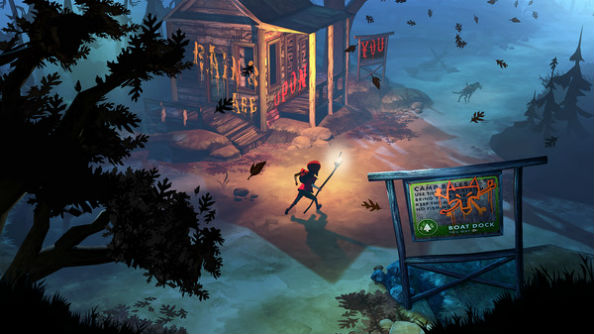
Perhaps, in the long-term, the Switch store will need to take on a little of Valve’s algorithmic approach after all. But what could Steam stand to learn from Nintendo?
“I think, in a lot of ways, [Valve are] better off sticking to what keeps them unique,” Wingrove suggests. “For players, this is great, too – I have very different expectations when I browse Steam and when I look at the Switch eShop.”
Dowling, too, believes there is little sense in Valve fundamentally changing their methods.
“I don’t think that closing down the gates to Steam and reducing the total catalogue size would be good for anyone but the developers who remained,” he says. “They just have a completely different problem space to deal with on Steam.”
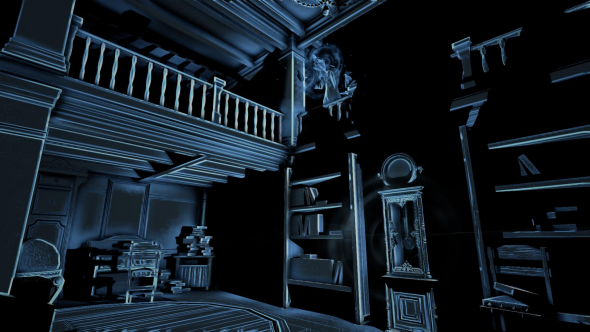
It is likely, Gardner thinks, that many of Steam’s discovery challenges will correct themselves in time. But he worries about the damage they will do to developers in the meantime.
“There will be repercussions if we don’t more carefully delineate what’s what,” he says. “I say this as a guy working out of his basement: there needs to be a way to browse based on things like the way the game was authored. I am seeing a lot of disillusionment with super talented devs and it’s because they are releasing on the same day as a triple-A GOTY contender and a dozen or so games made on a $500 budget.”
